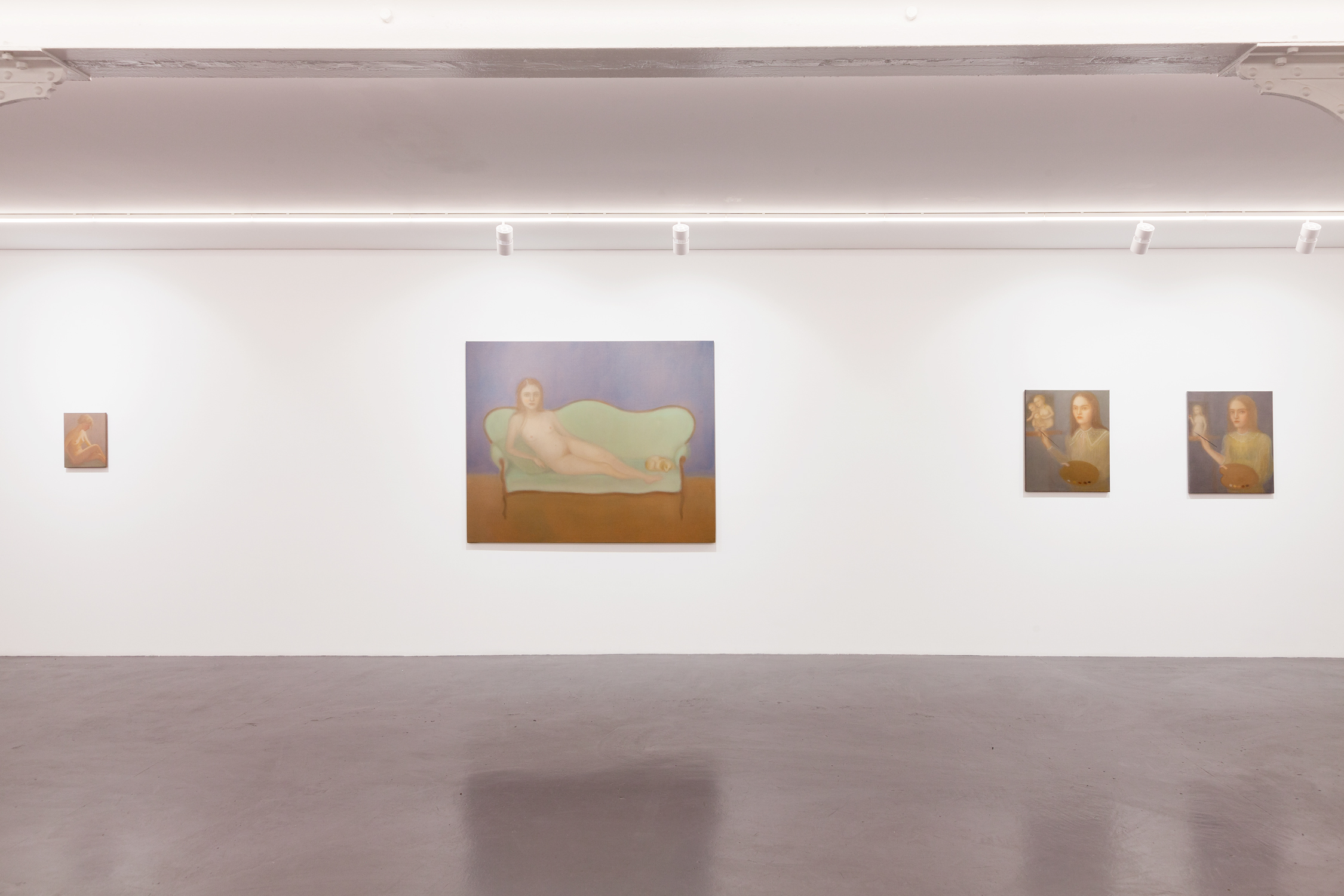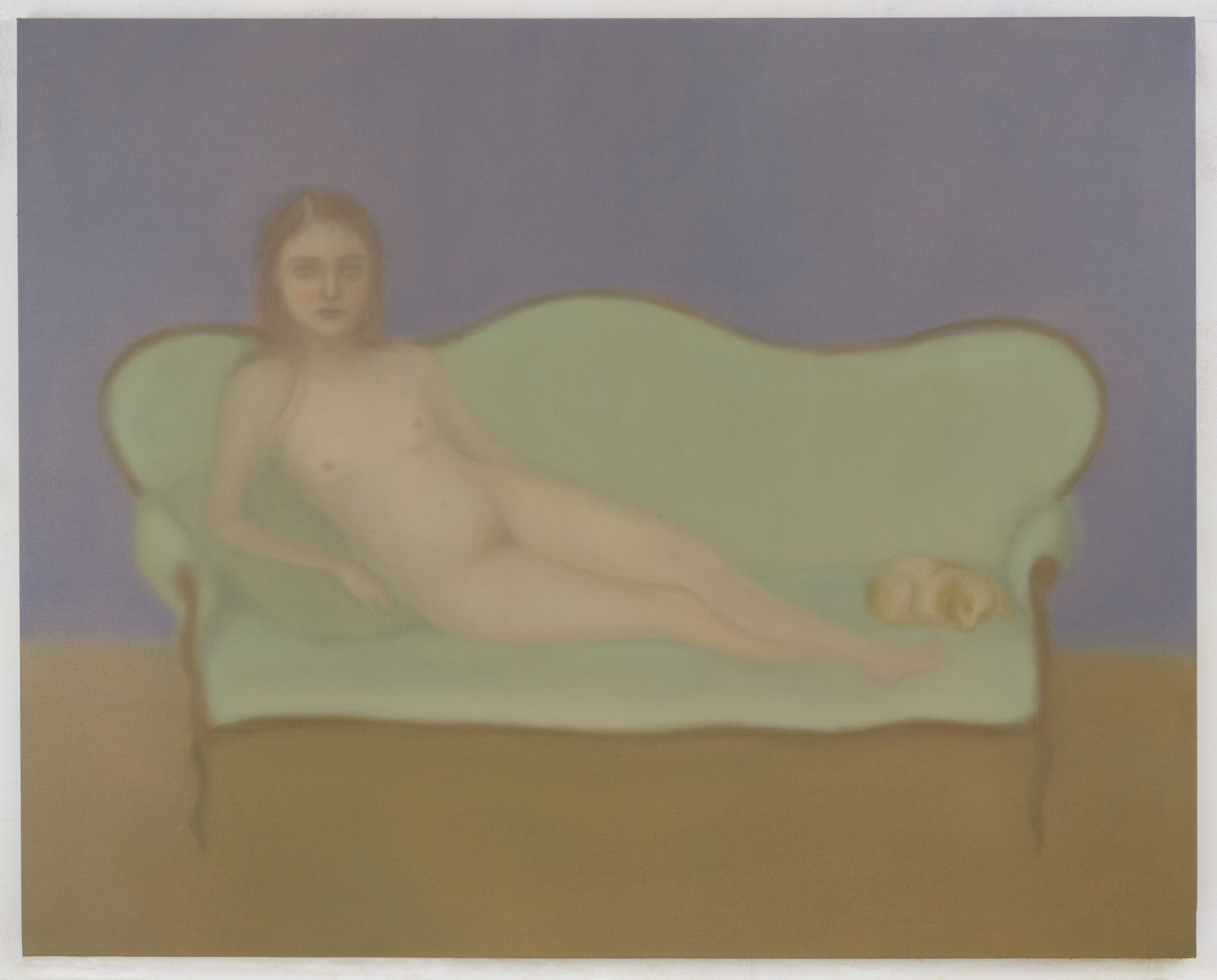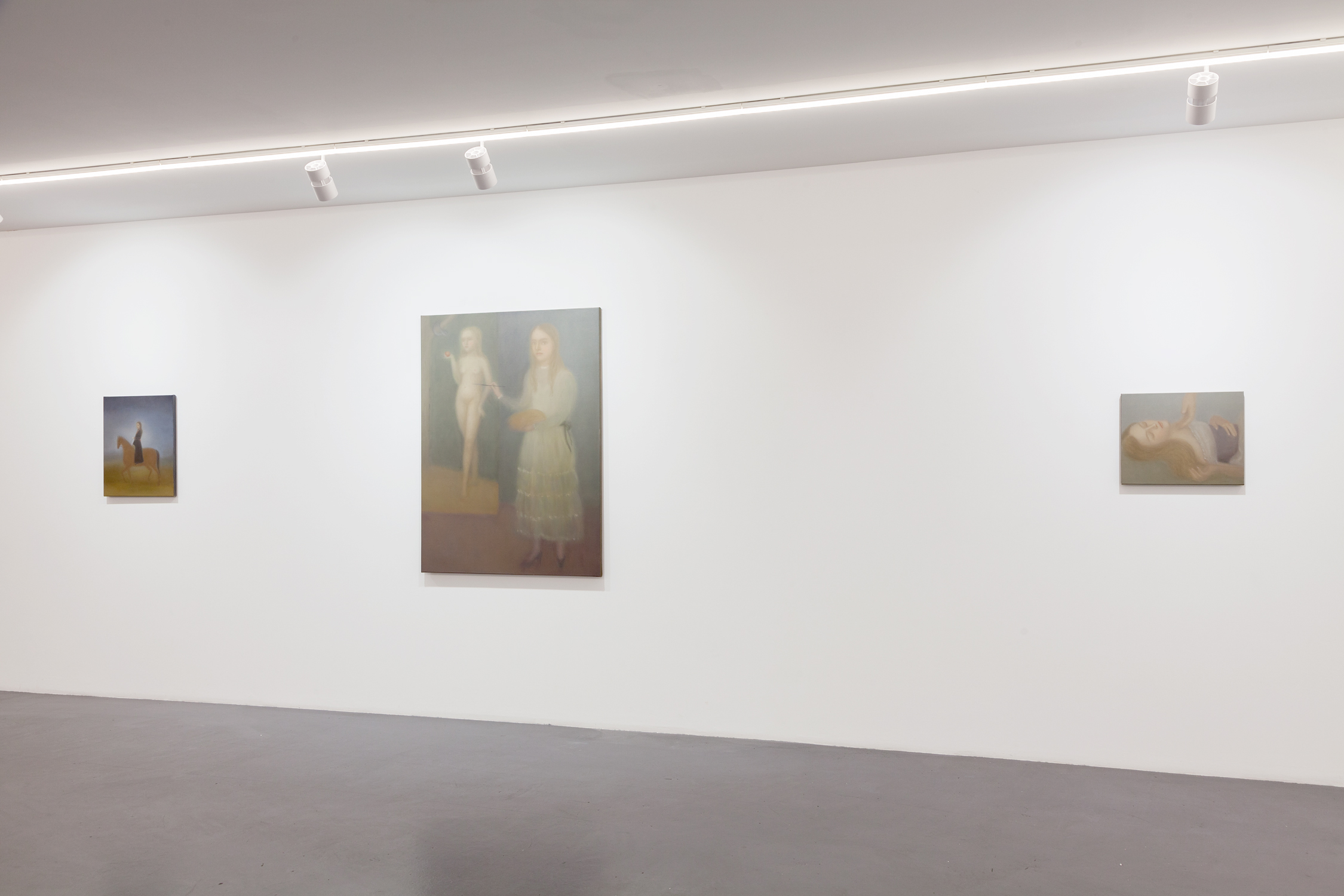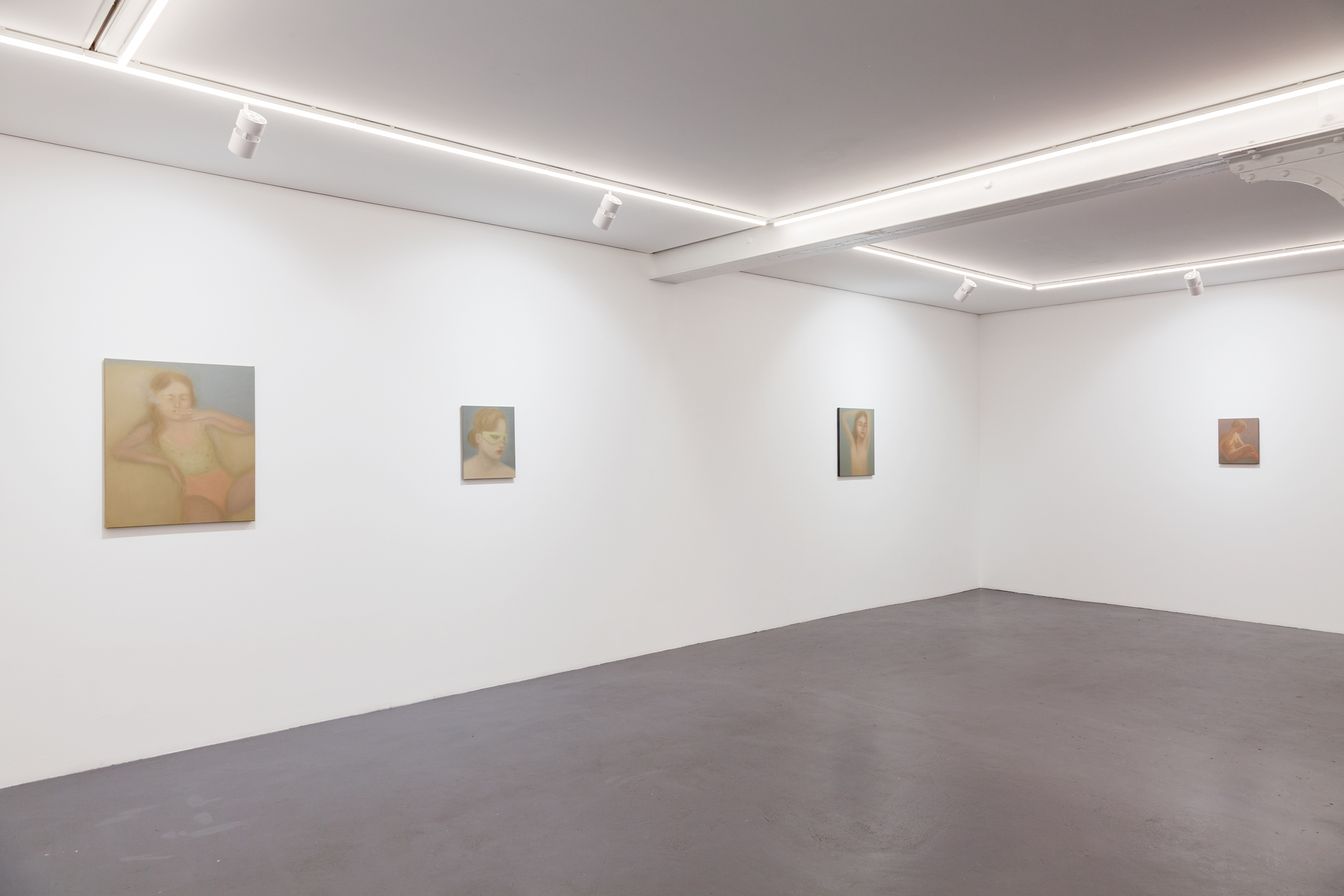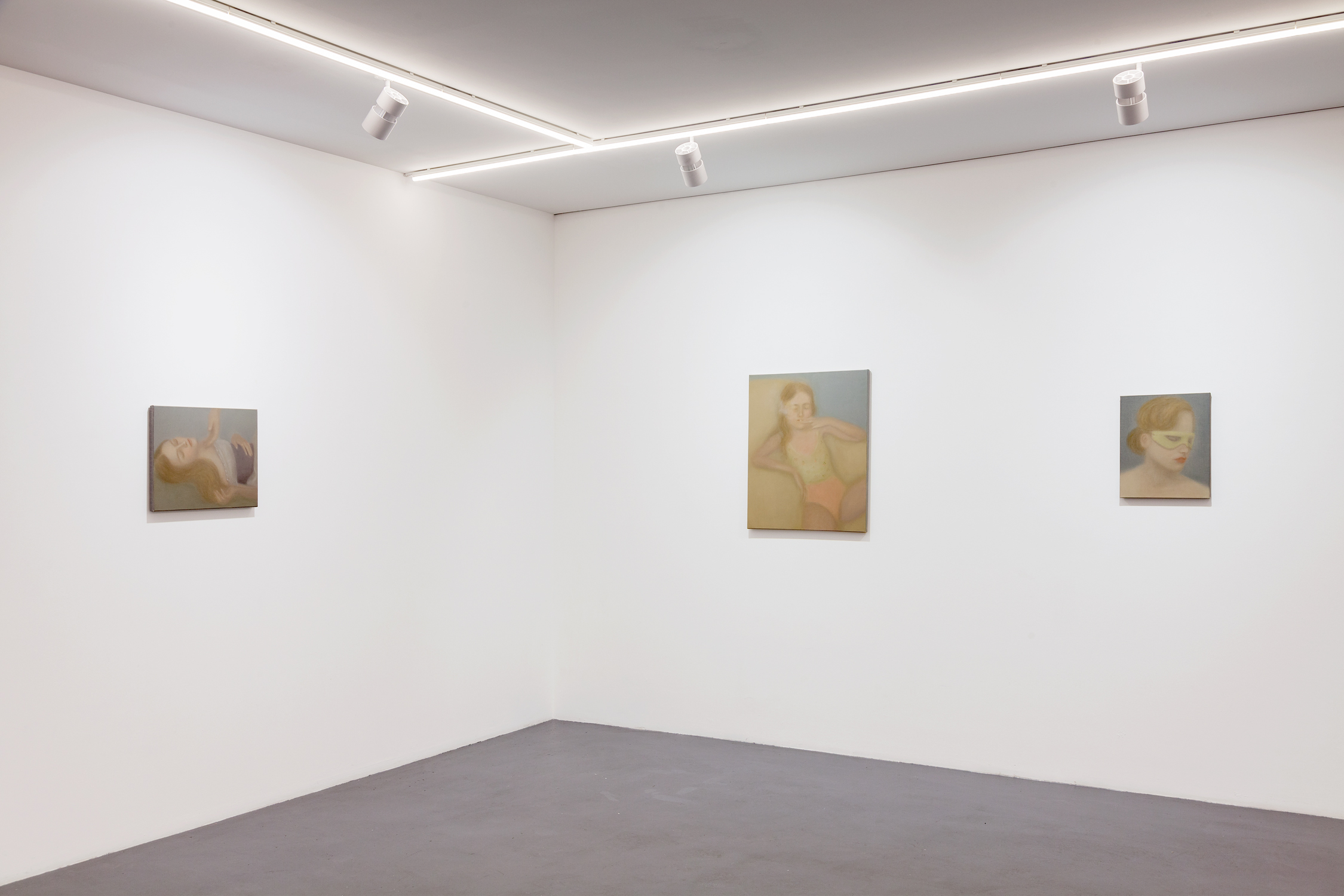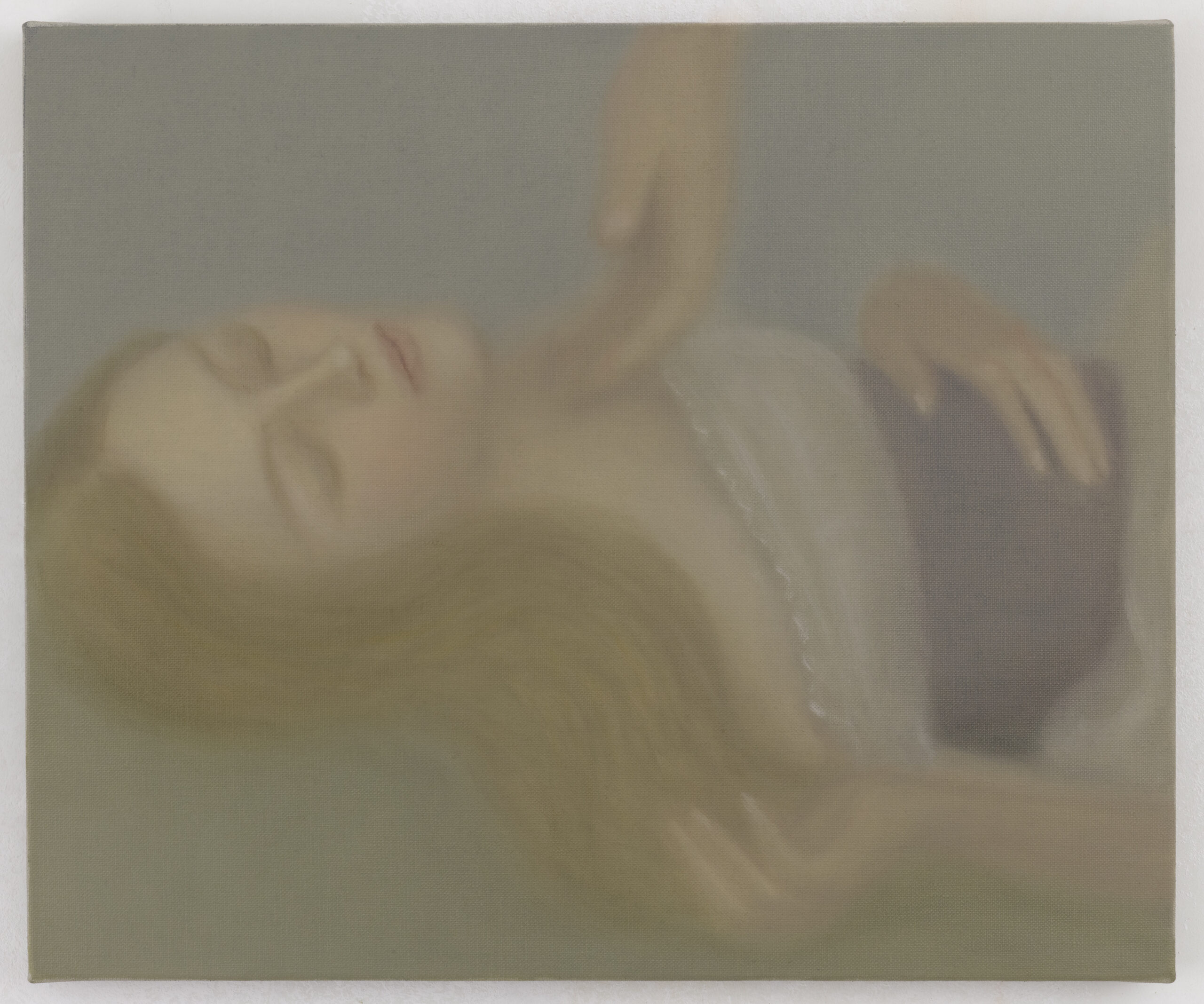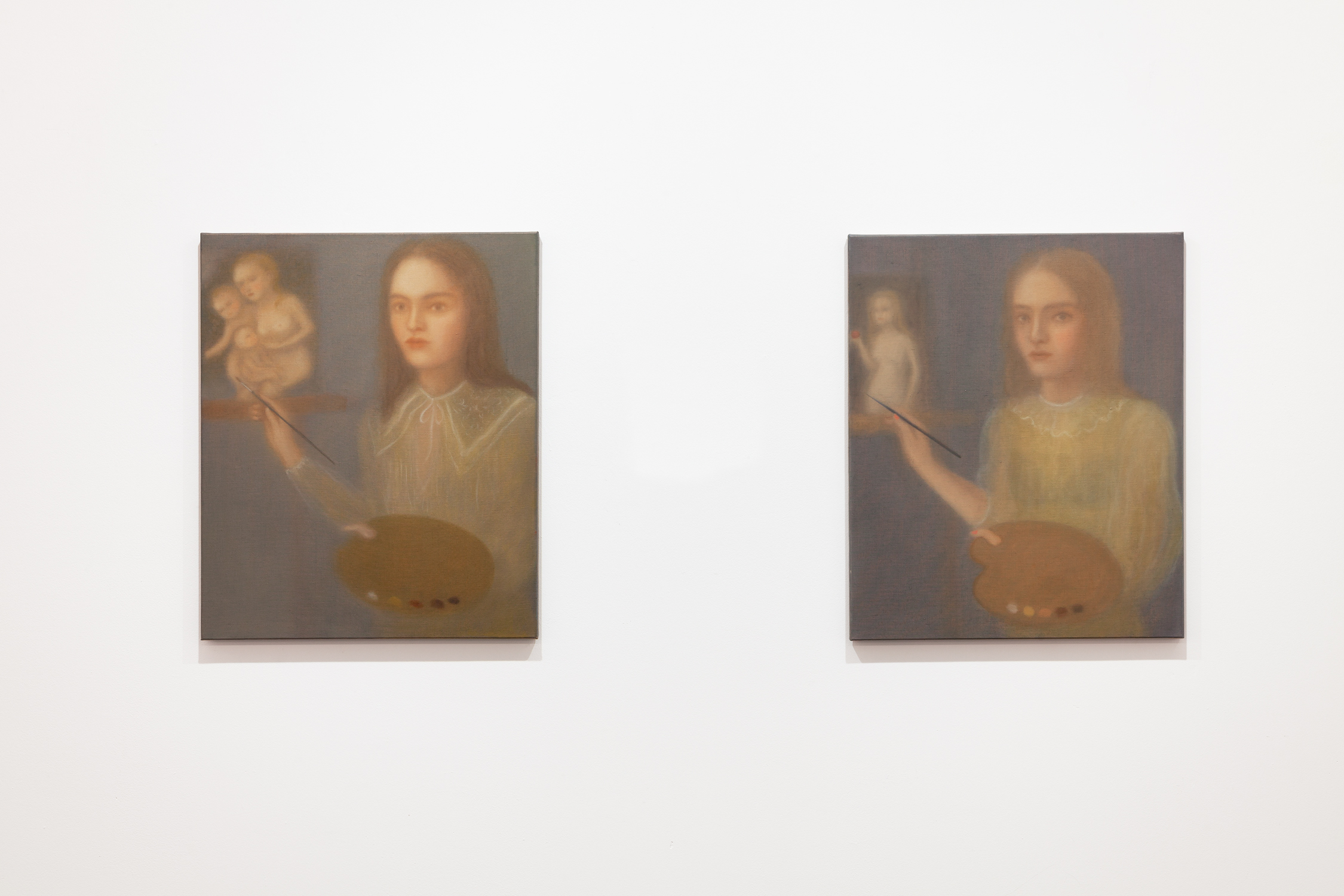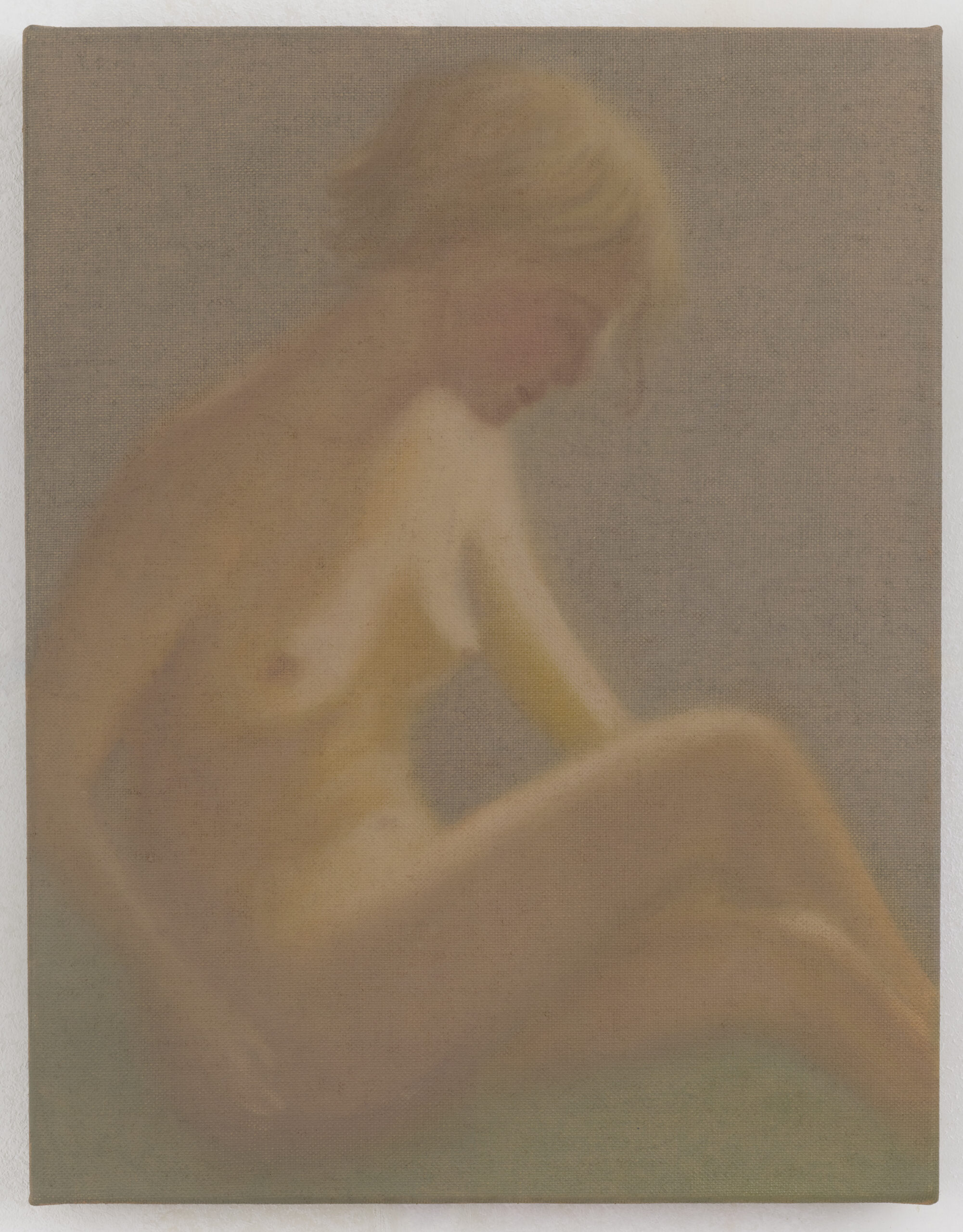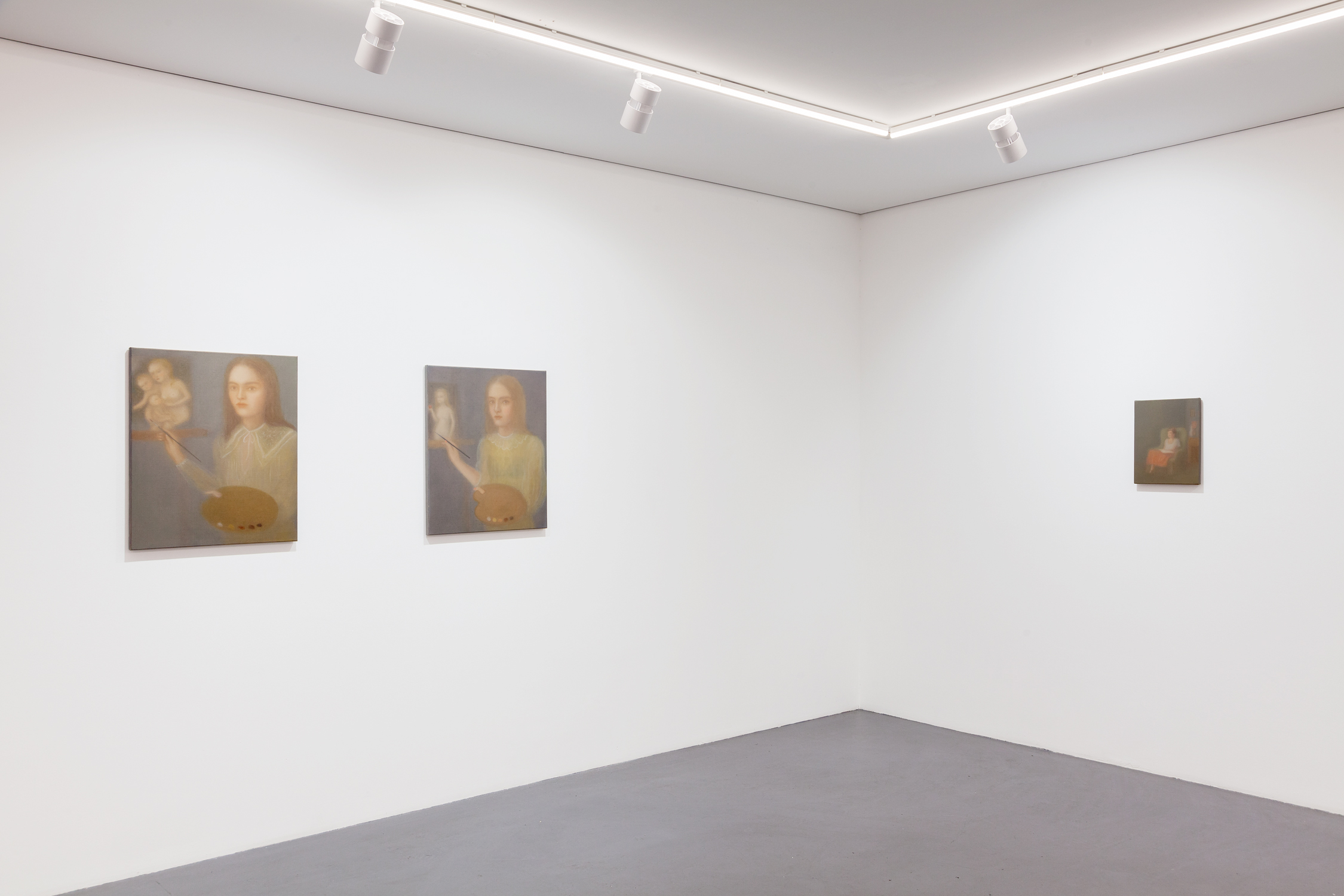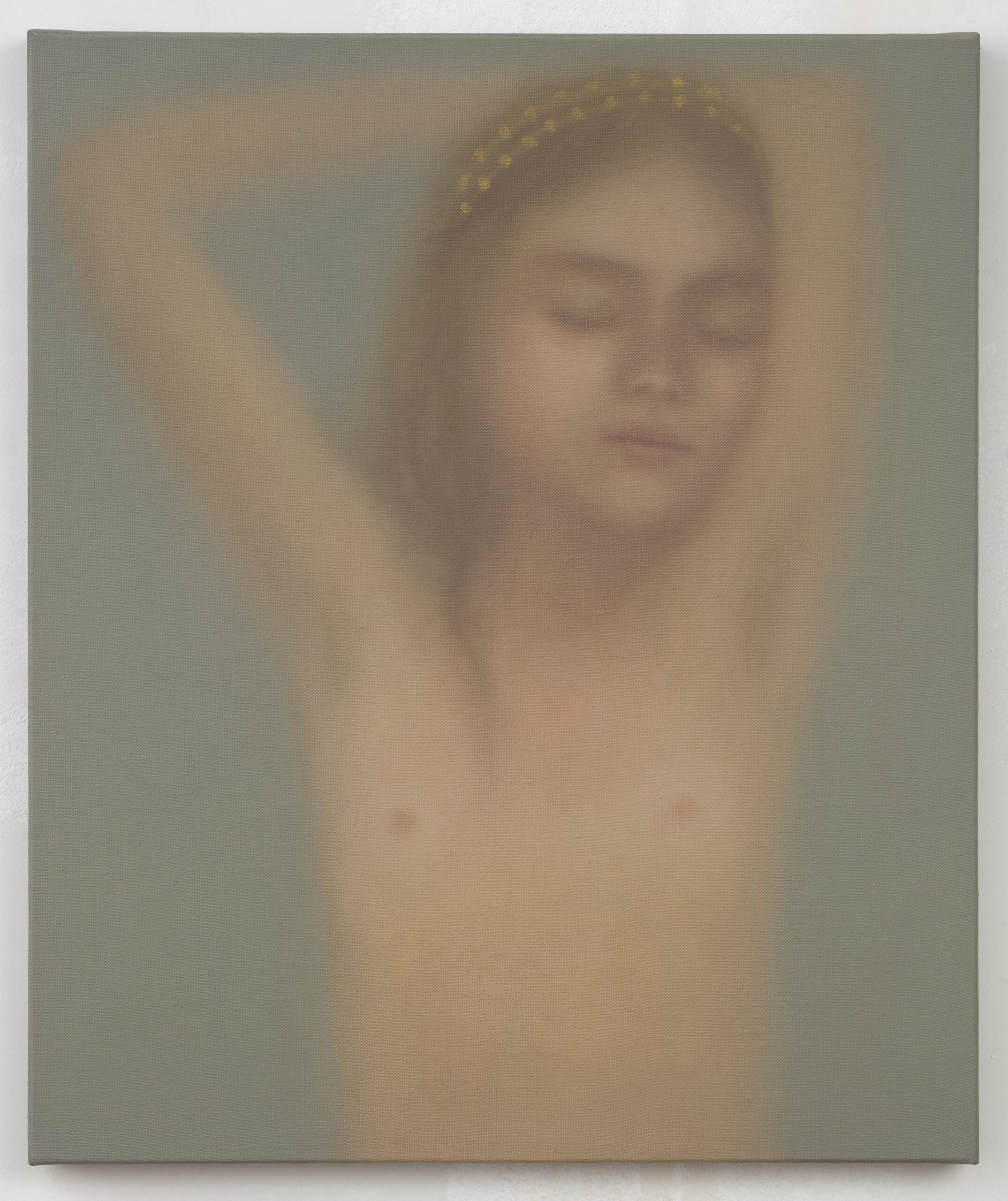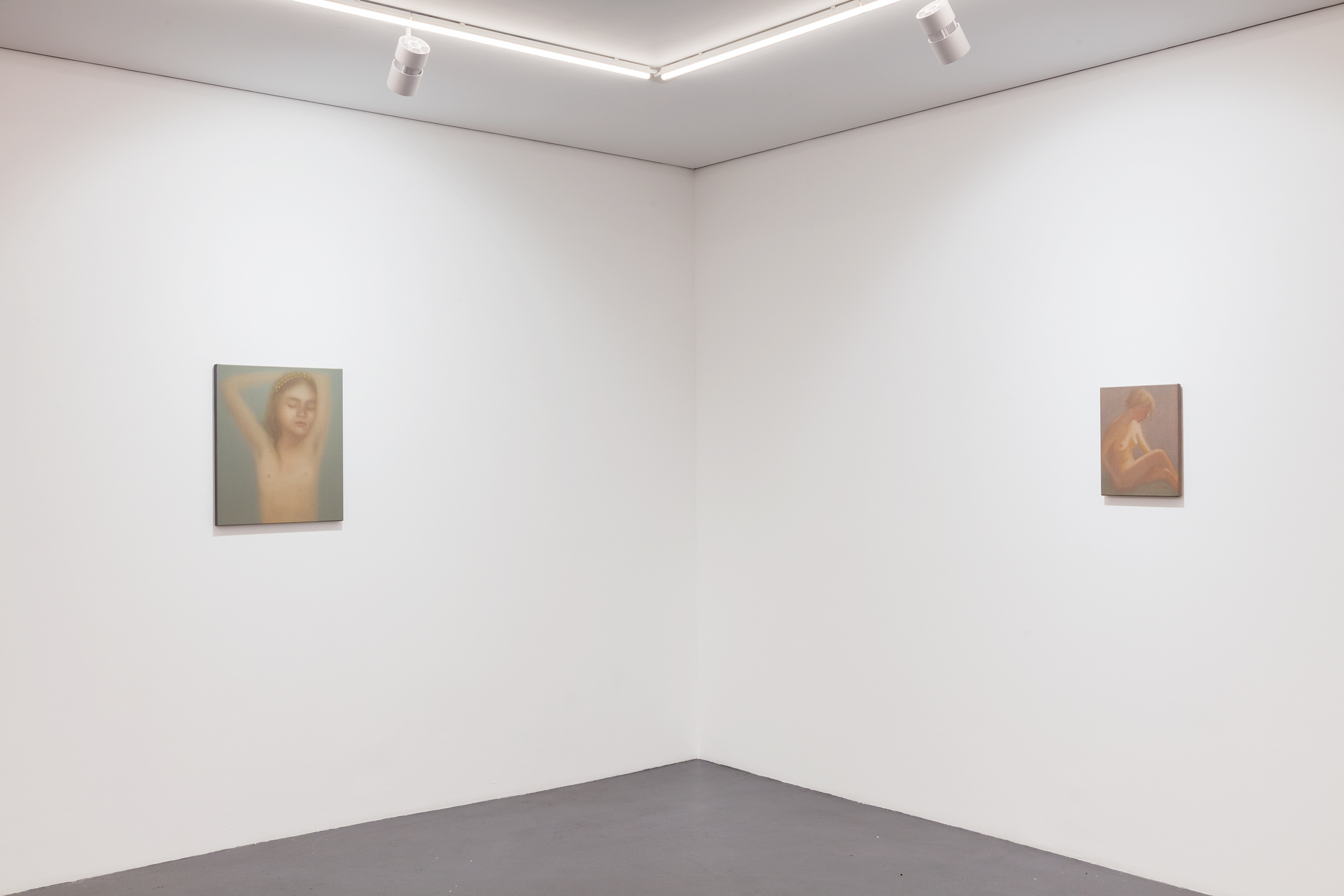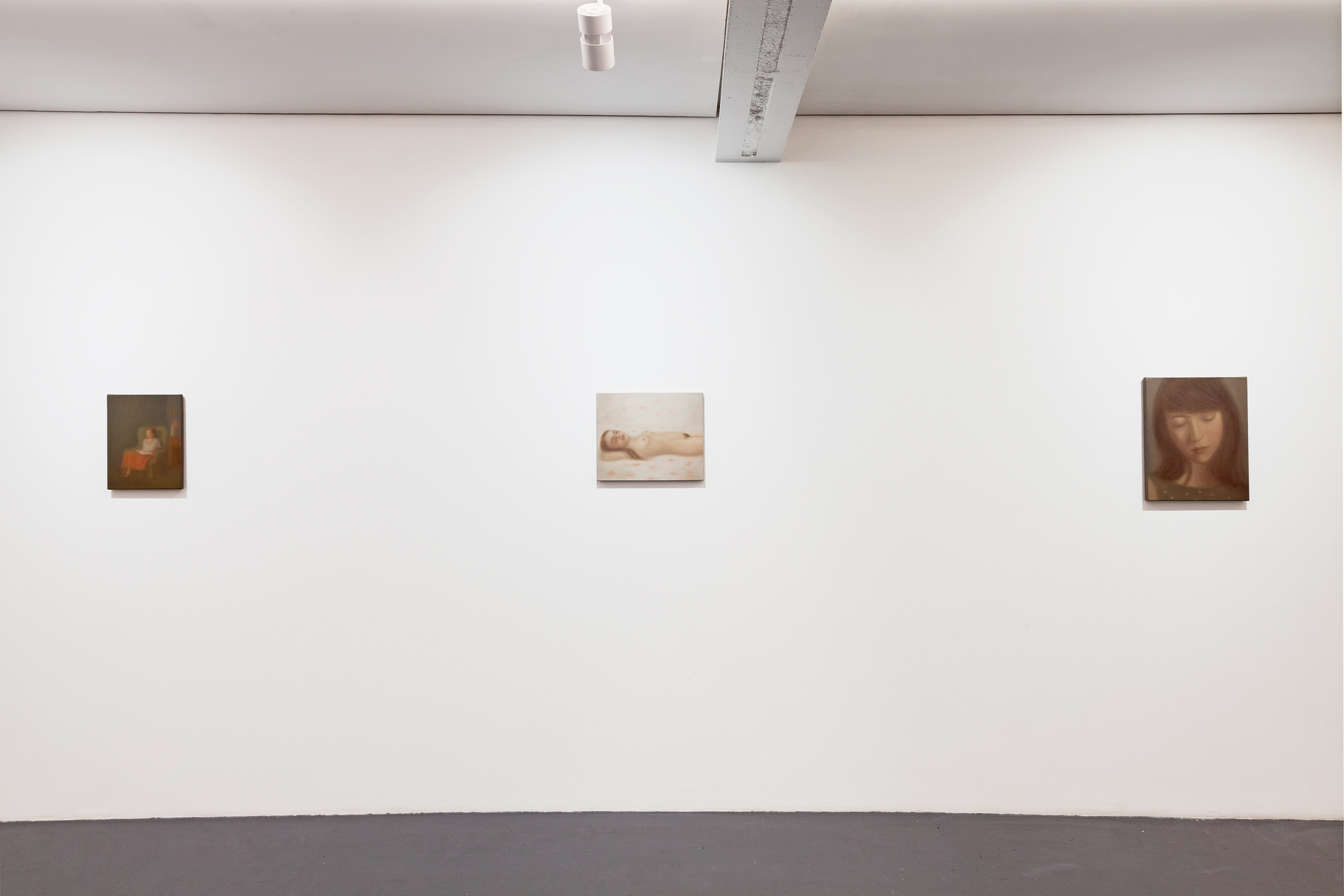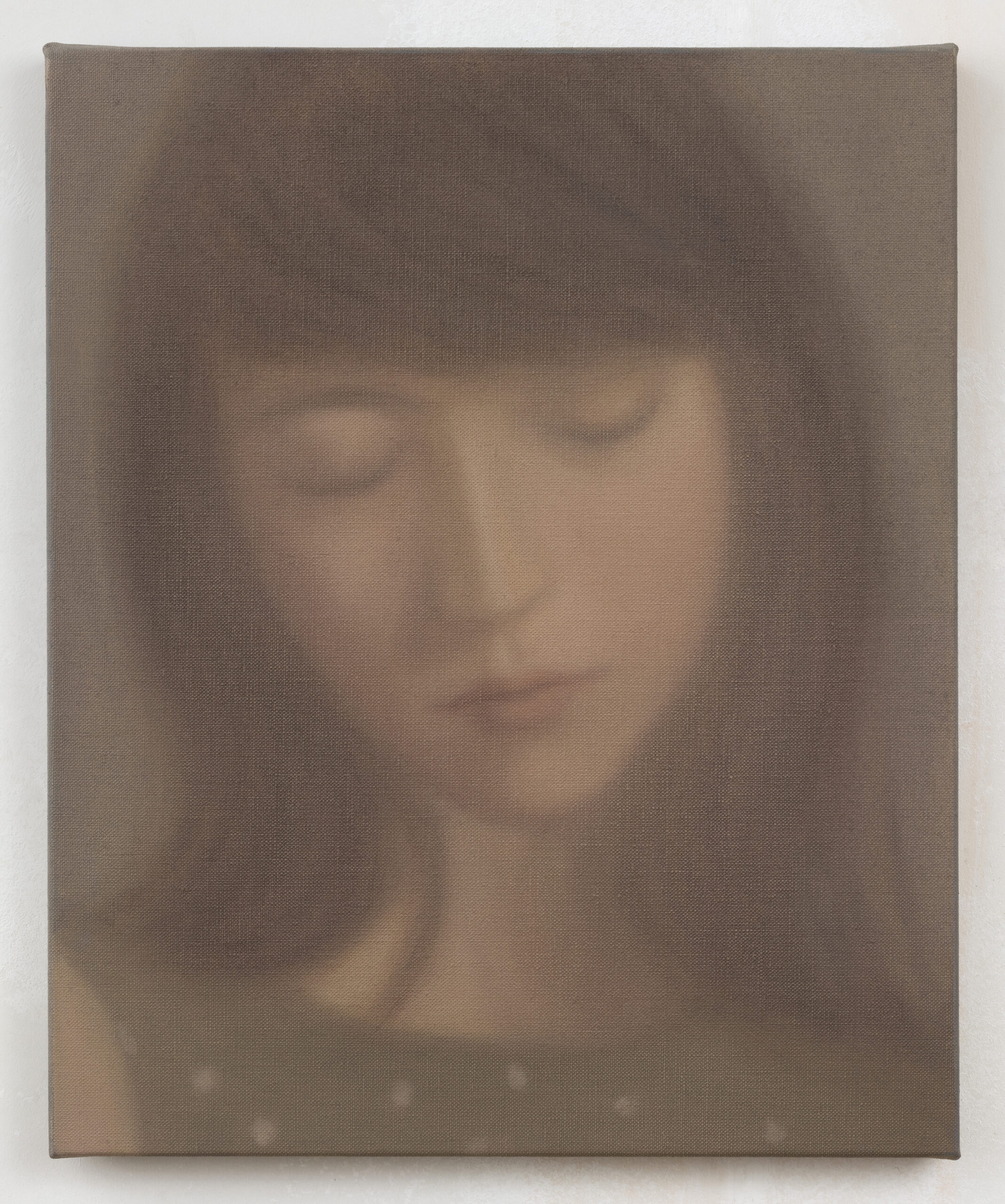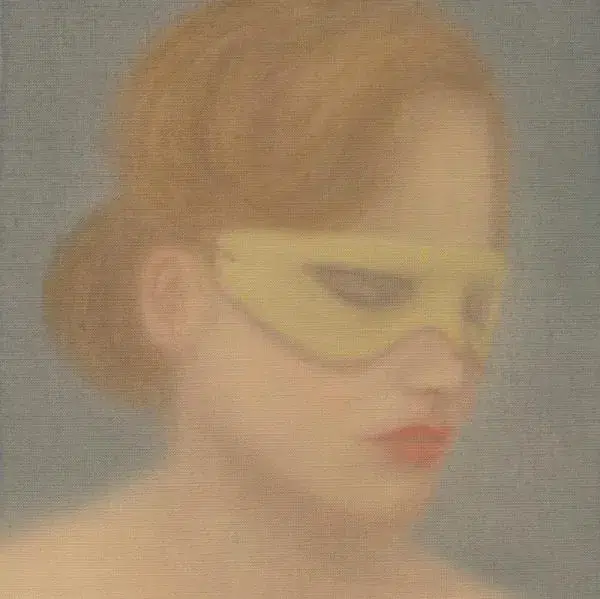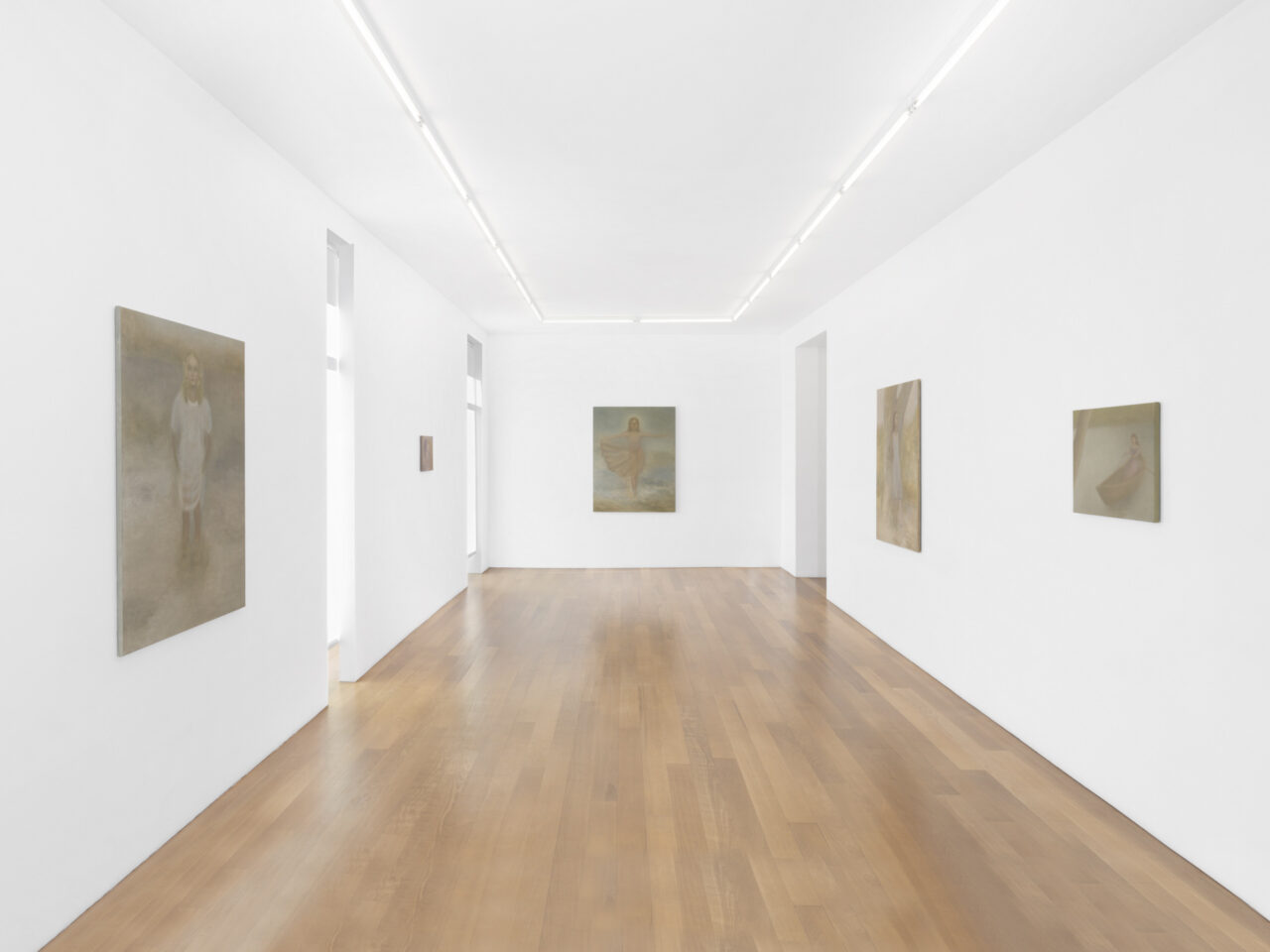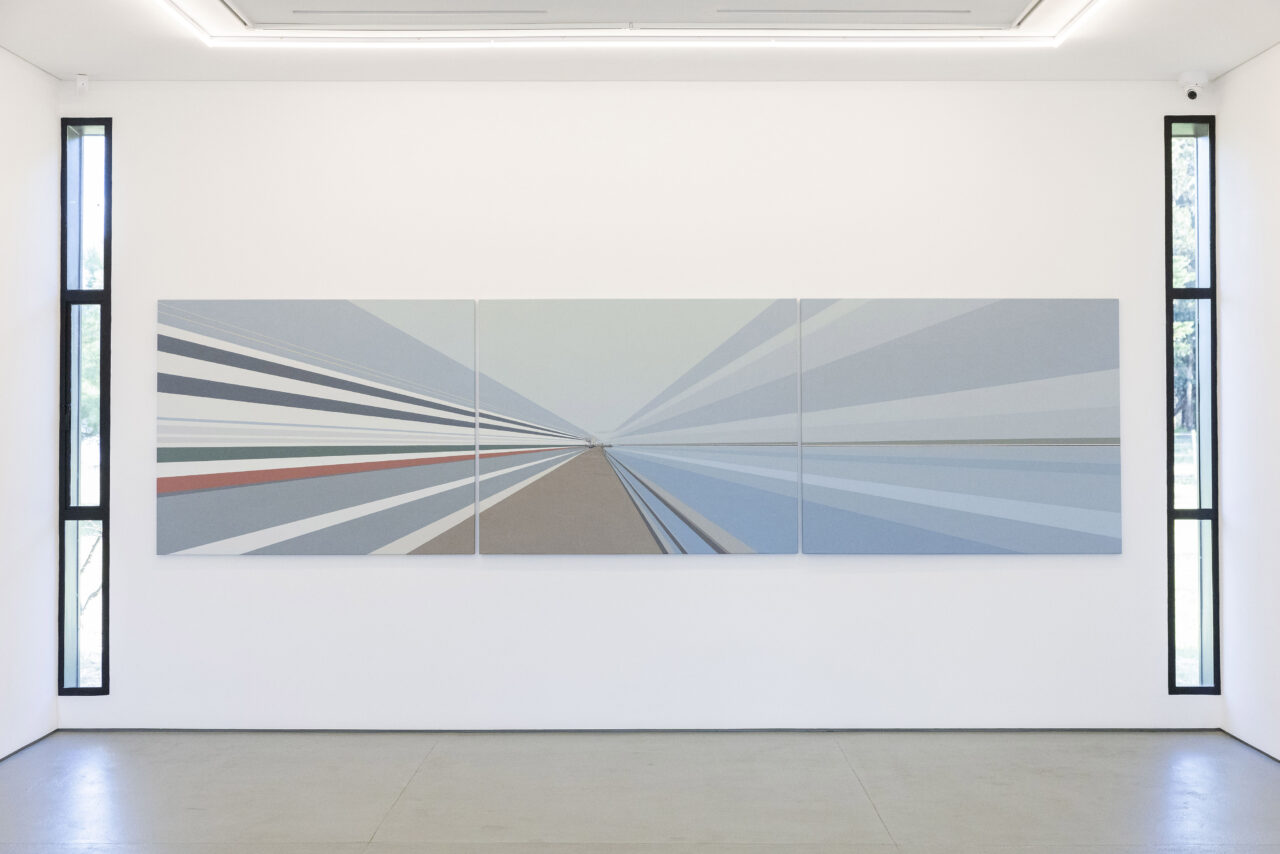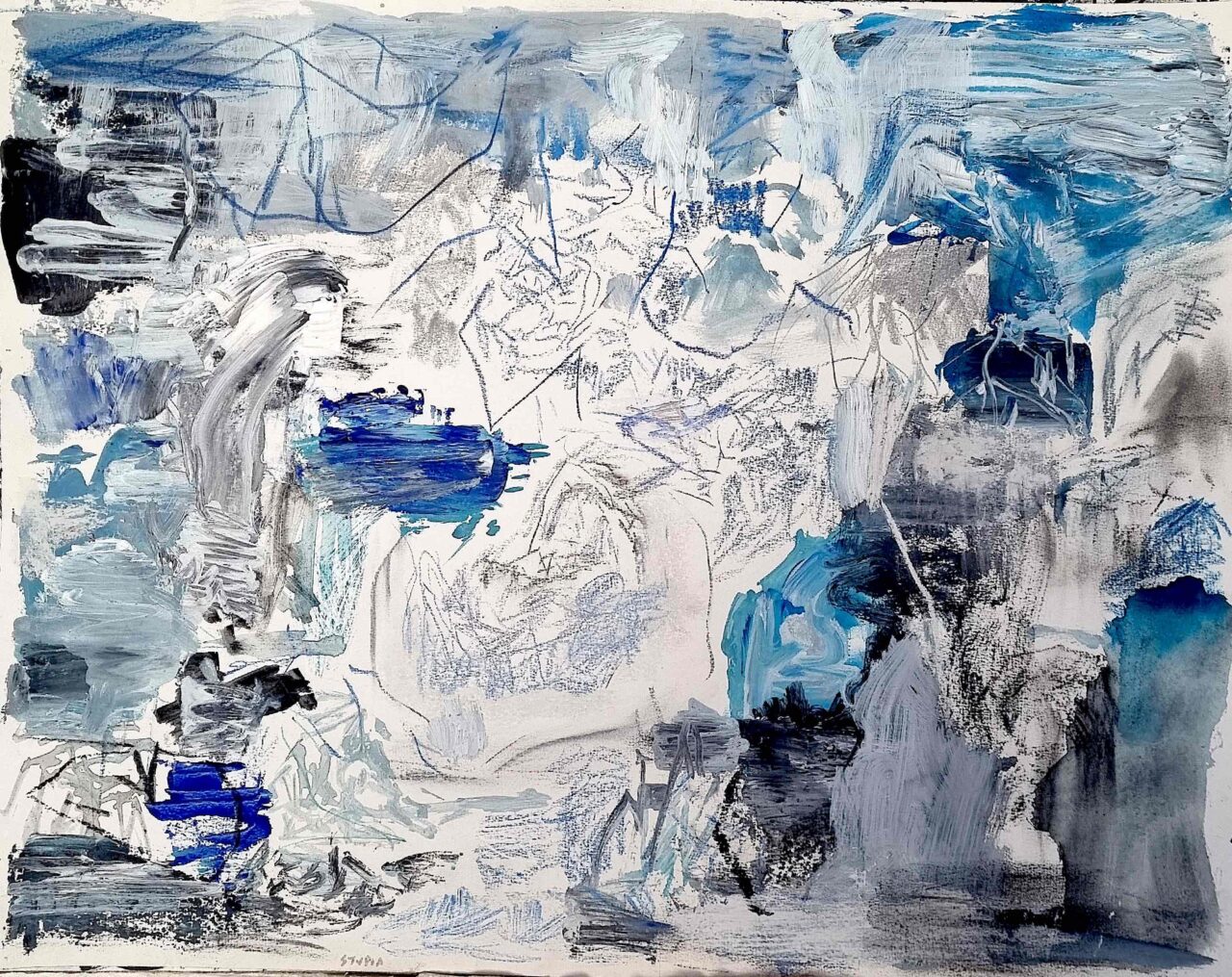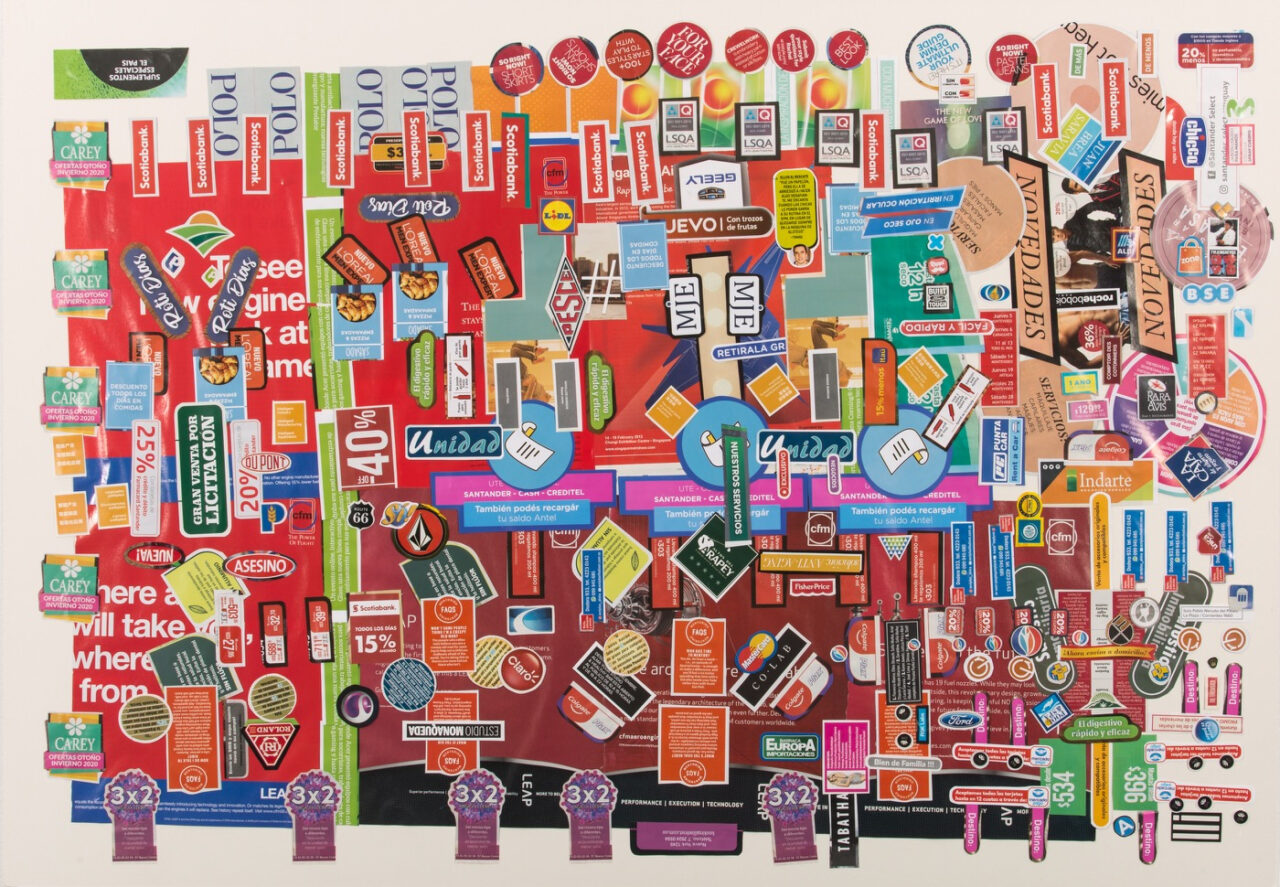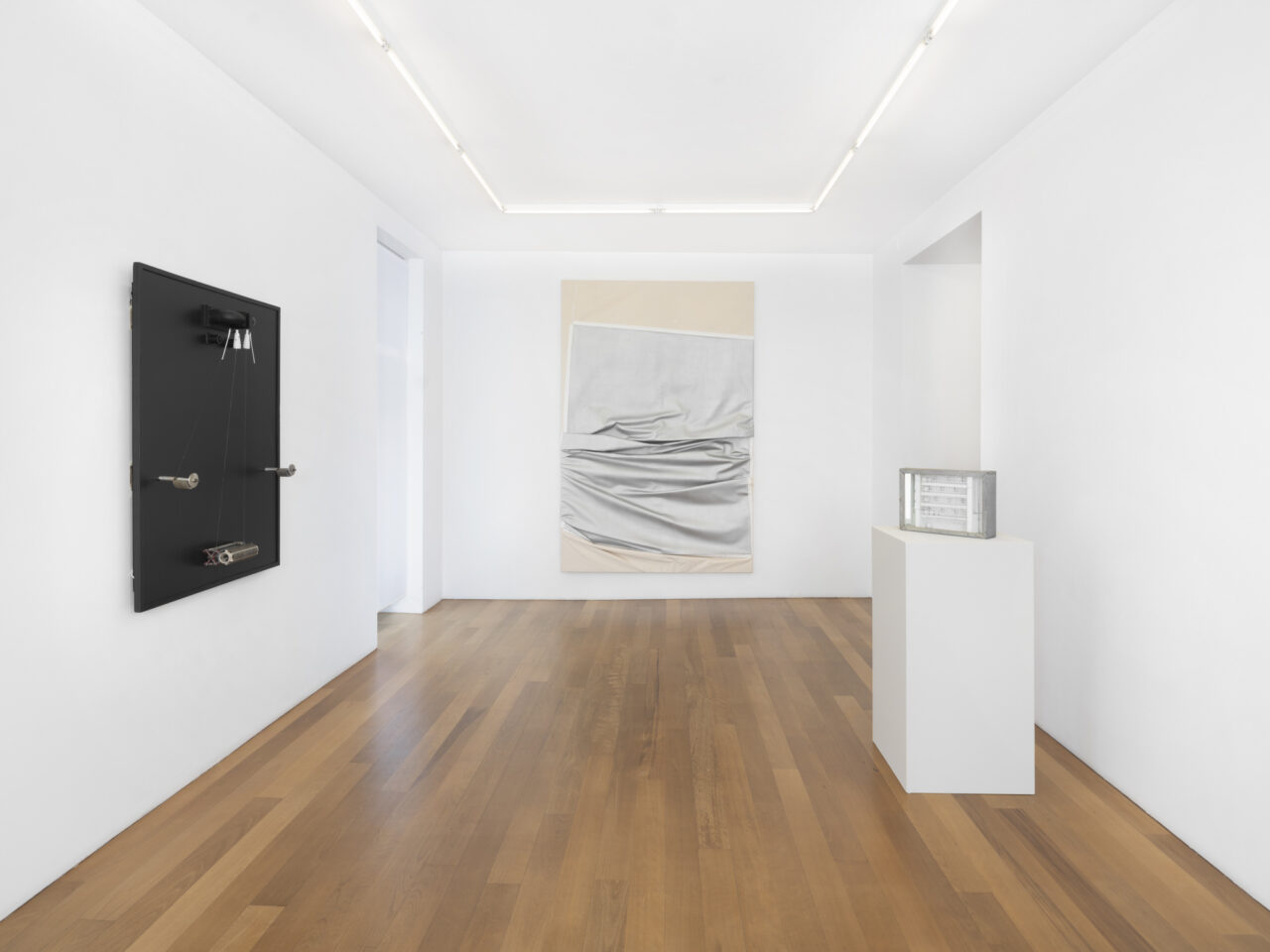Chechu Álava – L’âme et la vie
Chechu Álava
L’âme et la vie
29.10.22 → 17.12.22

Opening October 29 from 3 to 8pm
« Eternity is in love with the productions of time »
William Blake
We are delighted to announce the first solo exhibition of the painter Chechu Álava in our Parisian gallery, featuring a dozen of her most recent and previously unseen paintings. Entitled L’Âme et la Vie (The Soul and Life), after Carl Gustav Jung’s book, the exhibition explores the dynamic frontier between the physical and the spiritual, where the two become intertwined. On the threshold of this enigmatic zone, akin to a realm of archetypes, we are invited to ask ourselves questions – or rather to respond to alchemical intuitions, of both the most intimate and most universal kind, which delve as much into the within as the beyond.
Chechu Álava’s intimate paintings are like precious stones revealed beneath multiple layers of the unconscious. Inhabited by figures with blurred contours, they reject the rigidity imposed by clear outlines and are rooted in a vision that perceives reality as a kind of “quantum soup”, where the interplay of particles renders the boundaries between things fluid or even non-existent. Bodies, air and light intermingle with each other – or are we witnessing the soul, in the Jungian sense of the term a vital force, but also a treasure of the collective memory, which transcends its bodily envelope, bathing it in an atemporal aura?
One of the principal themes of Chechu Álava’s paintings is women and femininity. Fragility combined with strength, motherhood coming face to face with artistic creation: as a female artist, it is essential to know how to communicate in several “languages” and to be able to switch between numerous realities, crossing the frontiers between home and the studio. The women who inhabit Chechu Álava’s paintings pay homage to real figures – in particular to those women artists, writers and poets – Anna Akhmatova, Lee Miller, Suzanne Valadon… – who have managed to create, despite all the obstacles, and continue to serve as inspirational models. Sometimes they appear in the guise of mythical creatures, like Eve or Olympia, to come closer to the idea of primordial creation. All of these women, moreover, have often been constrained by the restrictive vision of the “male gaze”, subjected to its objectifying power. Painting them over and again is a healing gesture that decontextualizes them in order to reincarnate or bring them back into the fold, but this time with deep empathy, love and admiration.
Chechu Álava’s painting is not, however, solely confined to a feminist agenda. As a painter, she is above all preoccupied by painting per se. Moreover, this is why we find so many references to the history of art in her work: Cranach, Balthus, Goya, Munch, Courbet, Anguissola… are regularly revisited to borrow elements of vocabulary – a shoulder here, the manner in which a figure carries its head… – tracks are covered and multiple temporal lines are crossed, without however descending into anachronism. This intermingling, amounts to a very Petrarchan act: he too was nourished by the texts of his forerunners, incorporating them into his own poetic creations, giving them a second life both in the contemporary and beyond. In a similar way, Chechu Álava juxtaposes references in her own manner in order to breathe life into them, seeking to lead the onlooker towards the atemporal and finally the universal. This is not a question of returning to the past, but more one of accessing that which is immutable, that which endures. We also rediscover the notion that painting, and art in general, can be seen as an eternal relay race, in which the “torch” is transmitted from one era to the next, to be carried further and further. Through her links with the old masters, Chechu Álava also takes us back to the idea of beauty, banished from art in the 20th century, and which she aspires to recapture and bring back to life through her paintings. Beauty as a bridge between the human and the divine.
For Álava, painting is both a spiritual and an erotic act, halfway between alchemy and witchcraft. This eroticism manifests itself not only in the love and pleasure to be found in each brushstroke and the ability to enter into a fusional state with painting, but also in a certain ambiguity she breathes into the images. This is something we feel with the finger poking through the palette in Devotion, a cigarette held between the lips in The Ritual, and the naked, folded legs of the model, turned three-quarters towards the spectator, in Virginal. The alchemical side of things comes to the surface in the mingling of pigment and oil – two very material elements – transcending their physical nature by giving birth to archetypal images. These images are at the same time both material and immaterial, as they incarnate a form – or a moment of spiritual intuition – within a body (or the pictorial material), through superimposed, semi-transparent layers of colour. This superimposition of diaphanous layers creates an effect of evanescence, inviting the viewer to look through objects and bodies and “project” ourselves into their most intimate inner being. As Aristotle states “the soul is the actuality (or ‘Form’) of a body”. Would not art, and particularly painting, be the best means to capture it? Chechu Álava takes us even further, plunging the spectator into the depths of psychoanalytical introspection (It is certainly not by chance that couches often feature in the décor of her interiors). The idea of the soul is materialized through a Jungian prism and joins that of the anima, our alter-ego or rather an “alienated” part of the Self, which alone is capable of making us complete and returning us to ourselves by reconciling us with the universal. Here, this is embodied in the act of painting and creating (taking form simultaneously and allegorically in the figure of Eve), because painting, as the artist herself states, is a bridge leading to the transcendent. It guides us towards the essence of things as well as ourselves. Painting begets knowledge: it doesn’t just try to make us believe by multiplying illusions, but rather strives to make us know. And ultimately to know ourselves. In the same way, art, for Chechu Álava, is seen as the development of conscience, which expands through intuition and contact with the unknowable unconscious.
Even though we are forever and inevitably rooted in our own time and context, what we all share remains intact and eternal. Returning to Jung, archetypes are pure forms that adapt to content, yet remain true to themselves. Eternal yet in flux, they continue to haunt us through the centuries.
Exhibition views
-
![Chechu Alava Xippas Paris 2022 02]()
Chechu Álava, L'âme et la vie, Xippas Paris, 2022.
Courtesy of the artist and Xippas -
![CHA022_12hq]()
Chechu Álava
Virginal, 2022
Oil on linen
130 x 162 cm -
![Chechu Alava Xippas Paris 2022 06]()
Chechu Álava, L'âme et la vie, Xippas Paris, 2022.
Courtesy of the artist and Xippas -
![CHA022_8]()
Chechu Álava
Mujer y caballo (after Goya), 2022
Oil on linen
55 x 46 cm -
![Chechu Alava Xippas Paris 2022 08]()
Chechu Álava, L'âme et la vie, Xippas Paris, 2022.
Courtesy of the artist and Xippas -
![Chechu Alava Xippas Paris 2022 15]()
Chechu Álava, L'âme et la vie, Xippas Paris, 2022.
Courtesy of the artist and Xippas
-
![CHA022_7hq]()
Chechu Álava
Le désir, 2022
Oil on linen
38 x 46 cm -
![Chechu Alava Xippas Paris 2022 01]()
Chechu Álava, L'âme et la vie, Xippas Paris, 2022.
Courtesy of the artist and Xippas -
![CHA022_9hq]()
Chechu Álava
Nude (Lee Miller), 2022
Oil on linen
35 x 27 cm -
![Chechu Alava Xippas Paris 2022 17]()
Chechu Álava, L'âme et la vie, Xippas Paris, 2022.
Courtesy of the artist and Xippas -
![CHA022_14hq]()
Chechu Álava
Puberté, 2022
Oil on linen
55 x 46 cm -
![Chechu Alava Xippas Paris 2022 16]()
Chechu Álava, L'âme et la vie, Xippas Paris, 2022.
Courtesy of the artist and Xippas -
![Chechu Alava Xippas Paris 2022 03]()
Chechu Álava, L'âme et la vie, Xippas Paris, 2022.
Courtesy of the artist and Xippas -
![CHA022_16hq]()
Chechu Álava
Martha Argerich playing piano, 2022
Oil on linen
46 x 38 cm
